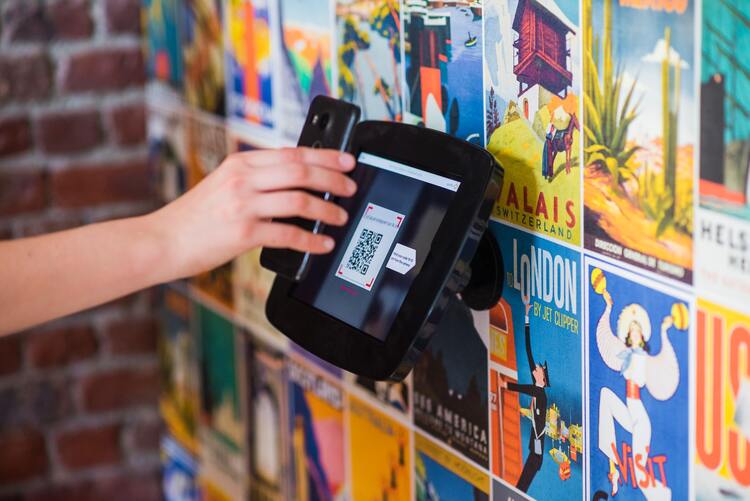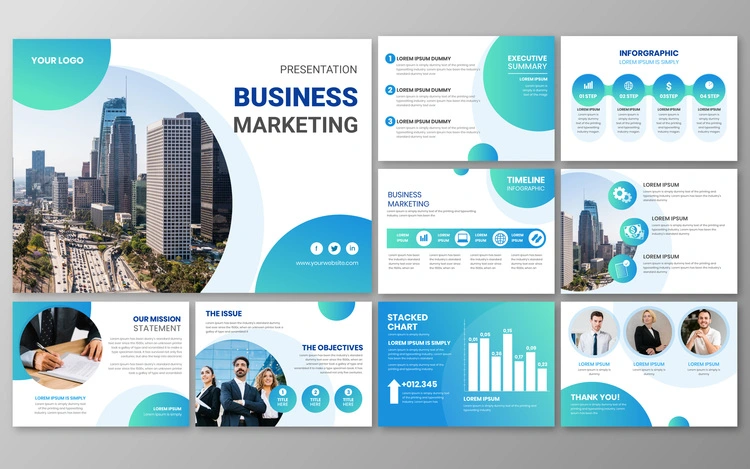Why Does Visual Identity Matters for Your Brand?
A bad first impression is hard to elude, especially if you’re competing against millions of brands online. Recent findings hint that within 0.1 seconds, people form judgments about the trustworthiness, likeability, competence, attractiveness, and hostility of faces in photos they were shown.
With that reaction time, you need a sound and crisp visual depiction of your brands. Otherwise, the modern consumer may associate your brand with being cheap, untrustworthy, and unreliable.
It’s clear that clean visual representation is important, but what exactly is a visual identity? And how do you create one?
Understanding Visual Identity
If an image is worth a thousand words, then your visual identity is worth a million of them.
Your brand’s visual identity is what makes it utterly and instantly recognizable. Visual identity is an umbrella term that embraces every visual element of a brand. It can be a combination of several visual and graphic elements that, when put together, create a consistent and memorable brand story – one that modern-day customers will come to associate with your brand’s values and offering.
To put it simply, it describes everything your audience can physically see, from your logo to that fancy new commercial. At the core of this visual identity are brand elements like typography, creative design graphics, logo, color palette, imagery, and physical properties.
What makes a great visual identity?
- Suitable: All visual elements are well-suited to your target audience. A design to evoke the right emotion and associate your brand with a particular person, purpose or situation.
- Distinct: A unique visual identity that makes you stand out in the minds of the consumer and differentiates you from competitors.
- Simple: Clear design should be less complicated and easy to understand. For the sake of your audience and internal designers – keeping it simple fosters clarity.
- Timeless: Visual identities need to evolve with the brand in order to endure and stay relevant over time.
- Functional: Your visual assets should be easily reproduced in different digital and physical mediums.
How to Create a Visual Identity for Your Brand?
In order to create a strong visual identity, you should first define several aspects of your business.
Doing so will shed more clarity on the process, particularly on the desired outcomes and final result. Here are four factors that will help create your brand’s visual identity.
Knowing your audience
A brand’s visual identity speaks to its audience. Understanding your audience’s pain points, desires, and personality can help you build a visual identity that they can relate to. These results will inform you of factors that affect their decision to buy your service or product. In order to better message your offers, you must first analyze your audience’s:
- Age
- Gender
- Education level and income
- Job description
- Lifestyle
- Interests
Knowing your brand’s purpose
Why did you establish your brand? Or, better, what are your business roots?
Redefining your brand’s direction and long-term goals can give you some valuable insights into the fundamental qualities you’d like your brand’s visual identity to have. In order to identify your brand’s purpose, try answering the following:
- Why are you offering your products/services?
- What are your brand’s short-term and long-term goals?
- What vision, mission, and statement does your brand adhere to?
- What visual elements, such as imagery, colours and typography, reflect your purpose?
Brand story evokes emotions
A powerful brand story can help you produce an emotional appeal with your audience and set the standard for your visuals and imagery.
The brand story allows you to connect with your audience in a way that is meaningful to them and beneficial to you. It conveys the values, history, and development of your brand, which is relatable to your target consumers as something that feels close to their experience. Collaborating with brand strategy leaders like creative agency San Francisco can help you deliver a unique and informative brand story that appeals to every audience class.
Defining your brand’s identity purposes and roles
Before creating your brand’s visual identity, you should first understand that it covers a wide range of specific platforms that have varying demands in terms of approach to design.
Your brand’s visual identity applies and comprise, but is not limited to:
- Packaging
- Ads
- Corporate identity
- Wearables
- Websites
- Digital projects
- Artwork
The point is that various designers should be on the same page in order to acquire consistency in brand visual design, no matter the platform.
4 Key Elements of Visual Identity for Brands
The gist of any stellar brand identity is how you align your visual elements with your business to convey its values and personality. Here are some of the key components that contribute to your visual identity:
- Logo
Applying colors, shapes, typography, and sometimes taglines helps your logo embody your brand and evoke a positive feeling. No matter the style you choose, it should help convey your brand’s identity.
- Brand Colours
Understanding the importance of color psychology and the feelings associated with particular shades will inform your creative process. For instance, your site’s social media posts, copy, and printed material should all be taken into consideration when imaging how the color will appear over different branding assets.
- Typography
Believe it or not, the elements of the typographic style can make or break your brand identity. Because typography endows human language with a strong visual form, it’s important to “set the right tone” to cultivate genuine brand recognition.
- Graphics, illustrations, and icons
Everything from icons to the buttons on your website will impact your audience’s experience and interaction with your brand. What’s more, the way you visually convey content on marketing materials, presentations, or socials can all be influenced by your graphics.
Creating a visual identity for your brand requires a lot of work but comes with multiple benefits. Visual identity remains a critical part of your general branding strategy and is the most immediate aspect that audiences get in touch with.






